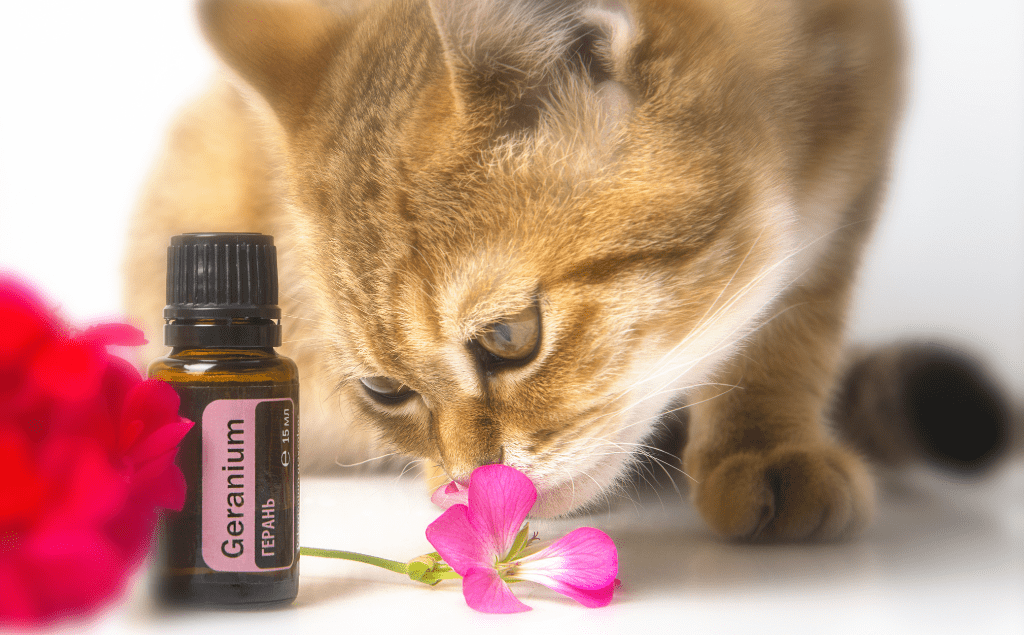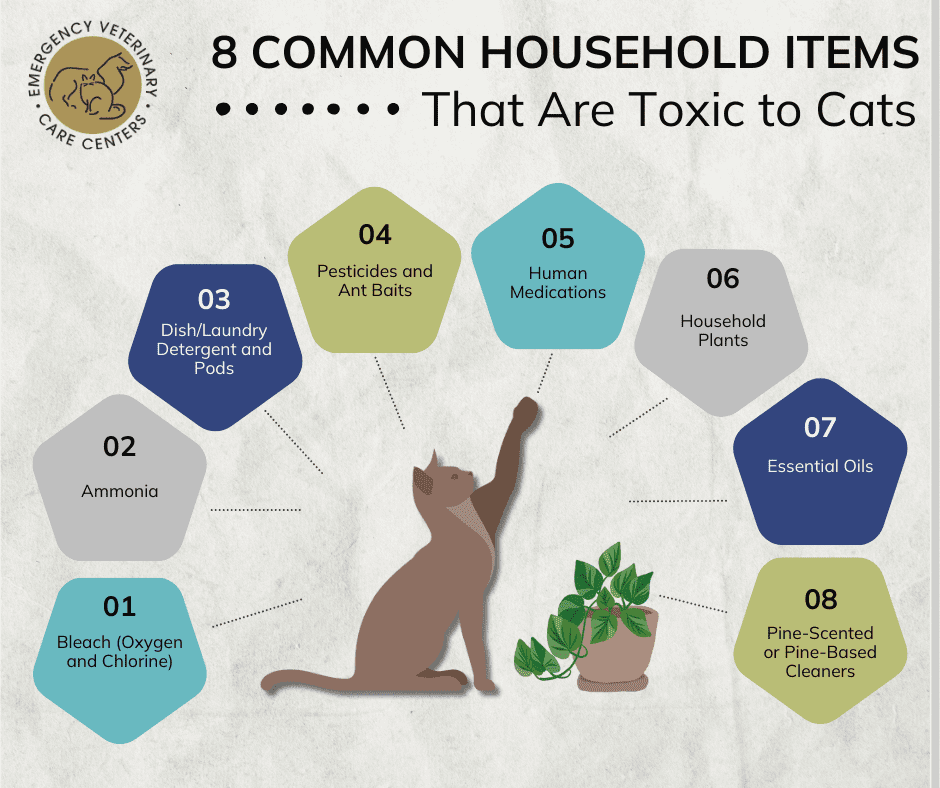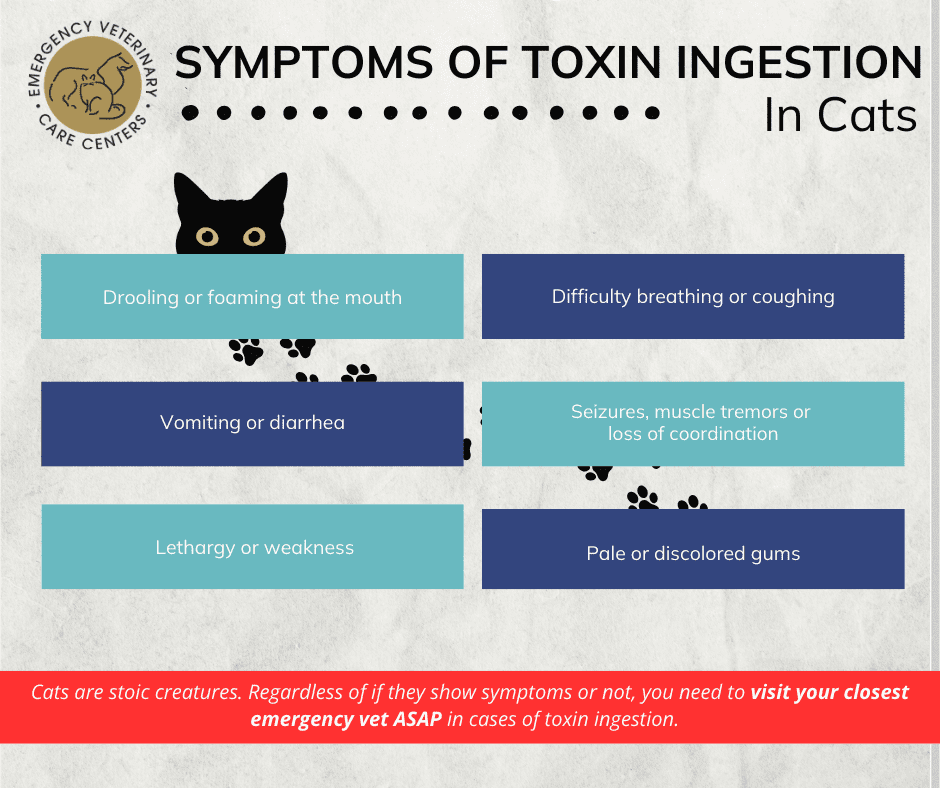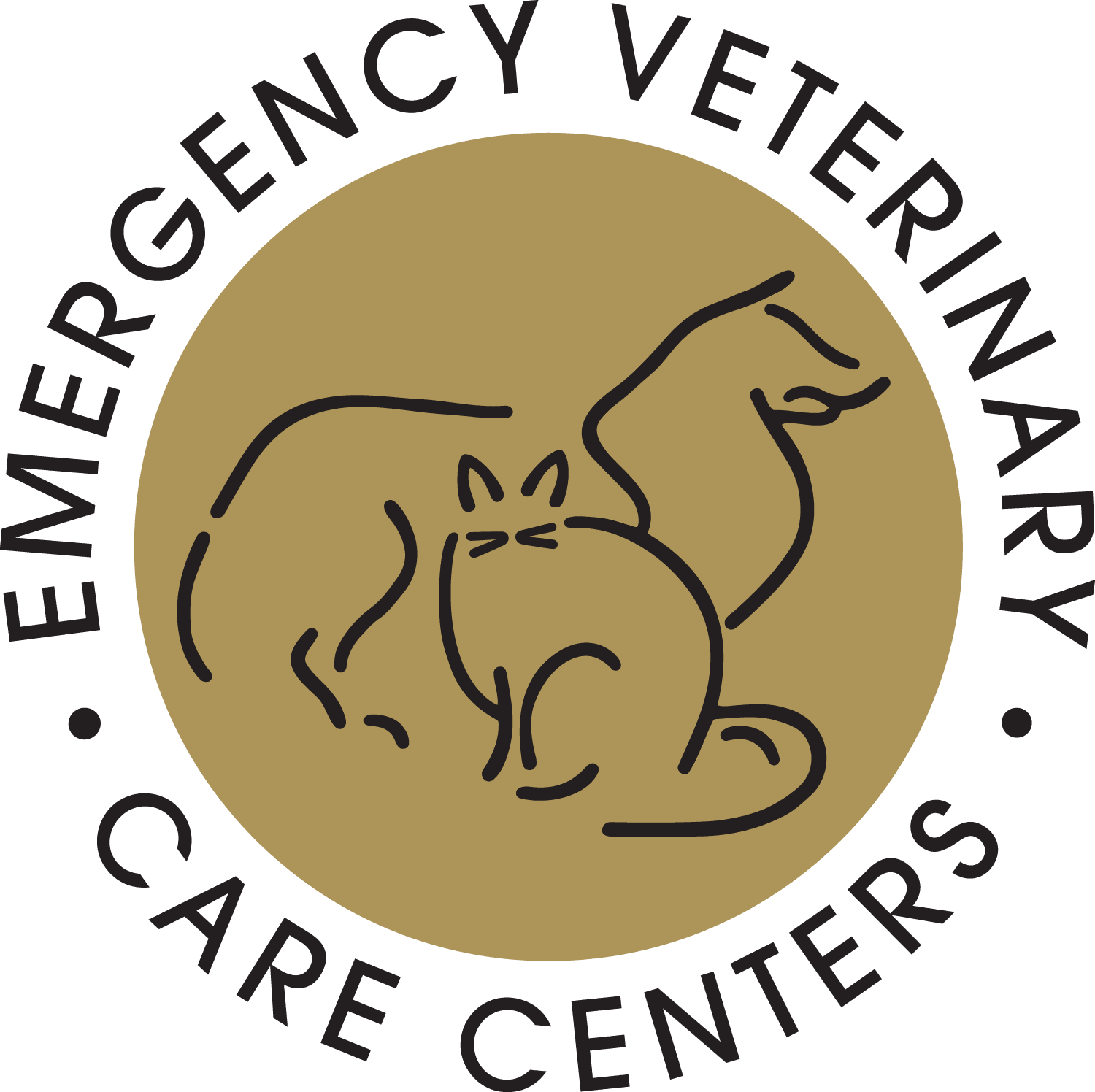
Spring Cleaning or Hazard? The 5+ Most Common Household Toxins for Cats
Spring is a time for fresh starts, and for many of us, that means a deep clean of our homes. While a fresh and tidy space is heaven for us, the ways in which we achieve it can introduce risks for our feline friends.
Many common household chemicals used during spring cleaning are dangerous—even deadly—for cats. Cats, known for their curious nature, can easily ingest or encounter harmful substances. Understanding the risks and knowing how to keep your pets safe is essential.
From identifying hazardous chemicals to knowing what to do in case of an emergency, this guide has you covered. Read on to protect your cat and ensure they stay safe while you refresh your home!
Common Household Items and Chemicals That Are Harmful to Cats
There are several household cleaning products that can pose a significant risk to your cat. Below is a list of common culprits:
1. Oxygen and Chlorine Bleach
Bleach is a popular cleaning agent, but a toxic one for cats. If ingested, it can cause drooling, vomiting, oral/gastric ulcers, or difficulty breathing. Even indirect exposure, such as licking paws that have walked on a bleached surface, can be harmful.
2. Ammonia
Often found in window and bathroom cleaners, ammonia produces fumes that can irritate a cat's respiratory system. Combined with bleach, ammonia becomes even more dangerous, forming toxic chloramine vapor.
3. Dish/Laundry Detergent and Pods
Whether it’s a powder detergent or those seemingly harmless pods, dish and laundry cleaning solutions can be highly toxic to cats. Swallowing detergent can lead to drooling, vomiting, and severe gastrointestinal upset.
4. Pesticides and Ant Baits
Pesticides and ant baits are designed to attract pests, but they can also attract curious cats. These products can cause neurological or gastrointestinal issues when ingested.
5. Human Medications
Medications like antidepressants or painkillers may help us, but they can be lethal to cats— even in small doses.
6. Household Plants
Certain houseplants, including lilies, philodendrons, and pothos, can be toxic if nibbled on. Chewing these plants can result in vomiting, drooling, or more severe complications like kidney failure.
7. Essential Oils
While they may give your home a fresh scent, essential oils like tea tree, eucalyptus, or citrus are dangerous for cats. Cats lack the enzymes needed to break down these oils, making even small exposure harmful.
8. Pine-Scented or Pine-Based Cleaners
Cats are particularly sensitive to pine scents and chemicals. Avoid using these products as they can irritate your pet's skin or respiratory system.

Typical Toxin Ingestion Symptoms to Watch for
Knowing the clinical signs of chemical toxicity can make all the difference. If your cat is exposed to harmful substances, behavior changes or physical symptoms might be the first clues. Keep an eye out for:
- Drooling or foaming at the mouth
- Vomiting or diarrhea
- Lethargy or weakness
- Difficulty breathing or coughing
- Seizures or muscle tremors
- Pale or discolored gums
- Loss of coordination (staggering)

If you notice even one of these symptoms and suspect exposure, act quickly. However, cats are stoic creatures. Regardless of if they show symptoms or not, you need to visit your closest emergency vet ASAP in cases of toxin ingestion.
What to Do in an Emergency
Quick action can save your pet’s life. Follow these steps if your cat comes into contact with harmful chemicals:
1. Remove Your Cat from the Area
Take your cat to a safe, well-ventilated space immediately. If possible, have someone else handle cleanup to reduce the risk of further exposure.
2. Check the Label
Refer to the product's label for any emergency instructions. Some may advise rinsing your cat’s fur or skin if they’ve come into contact with the substance.
3. Visit Your Emergency Vet
Time is of the essence in an emergency. Start heading to your emergency vet immediately and call them when you are en route if you can.
Providing as many details as possible about the toxin your cat ingested, and even bringing the packaging, can help the team make quicker decisions when it comes to your pet’s care.
Additionally, you can call the ASPCA Animal Poison Control Center (APCC) Hotline for further guidance at (888) 426-4435. Keep in mind that for this pet poison helpline, a consultation fee may apply.
4. Don’t Induce Vomiting Without Vet Advice
For many chemicals, inducing vomiting can do more harm than good. Only attempt it if explicitly instructed by a veterinary professional.
Treatment for Feline Toxin Ingestion
Once your cat reaches an emergency veterinary hospital, an emergency vet will act fast to minimize harm. Treatment typically includes:
1. Assessment and Stabilization
Checking vitals and managing distress, such as seizures or breathing issues.
2. Decontamination
If indicated and safe to do so, the vet may induce vomiting, administer activated charcoal, or perform gastric lavage (“stomach pumping.”)
3. Antidotes and Medications
There are many specific treatments for toxins like acetaminophen, rodenticides, or antifreeze. That's why knowing which toxin your cat ingested can make all the difference.
The emergency vet will likely perform a series of diagnostics to determine the best course of action.
4. IV Fluids & Supportive Care
After the ingested toxin is determined, the emergency veterinary team will flush toxins and actively work to prevent dehydration and control other symptoms.
5. Monitoring & Follow-Up
The emergency vet may recommend overnight monitoring and hospitalization. They will also perform blood tests and ongoing care to assess organ function.
Exploring Non-Toxic Alternatives
Whenever possible, opt for safer, non-toxic options to minimize the risk to your cat while keeping your home clean. Here are some excellent alternatives:
- Pet-Safe Cleaning Products: Many brands now offer non-toxic cleaners designed with pets in mind, which are available at most major grocery retailers.
- Vinegar Solutions: A simple mix of white vinegar and water can handle most cleaning tasks without putting your cat in harm's way.
Cat-Proof Storage Tips for Household Chemicals
Proper storage of household chemicals plays a key role in reducing risks. Here’s how you can minimize potential harm:
1. Seal Entry Points for Pests
Reduce the need for pesticides by sealing all entry points where pests might sneak in.
2. Relocate Food Sources
Keep counters and kitchens free of crumbs and food residue to discourage pests.
3. Store Chemicals Securely
Store household cleaners, detergents, and pesticides in locked cabinets or high shelves that are completely out of your cat's reach.
4. Read Labels Carefully
Always follow manufacturer instructions and choose pet-safe cleaners when available. Additionally, avoid pine-based or heavily scented chemicals.
How to Safely Dispose of Chemicals
Proper disposal of household chemicals is just as important as storage. Follow these tips to dispose of them safely:
- Read the Label: Most chemical labels include instructions for safe disposal.
- Utilize Community Disposal Events: Many local communities host hazardous waste disposal events to help eliminate unused chemicals responsibly.
- Seal Containers: Ensure chemical containers are tightly sealed before disposing of them, especially if they are going in the trash or Recyling bin.
Protect Your Cat and Know What to Do in an Emergency
No one knows your cat as well as you do—but even the most cautious owner can miss subtle signs of exposure. If you suspect your cat has ingested or come into contact with toxic chemicals, do not wait. Visit your nearest Emergency Veterinary Care Center (EVCC) immediately.
Protecting your pet from harm starts with knowledge and preventative care, but know that help is always available when something goes wrong. Keep this blog handy and share it with the fellow cat lovers in your life. From all of us at EVCC, we wish you a very happy (and safe) spring cleaning!
Recent Posts
About Us
At Emergency Veterinary Care Centers (EVCC), we know that pet emergencies are unpredictable and often stressful. That's why our team, with over 20 years of emergency and critical care experience, is ready to assist you and your pet in the toughest situations.


